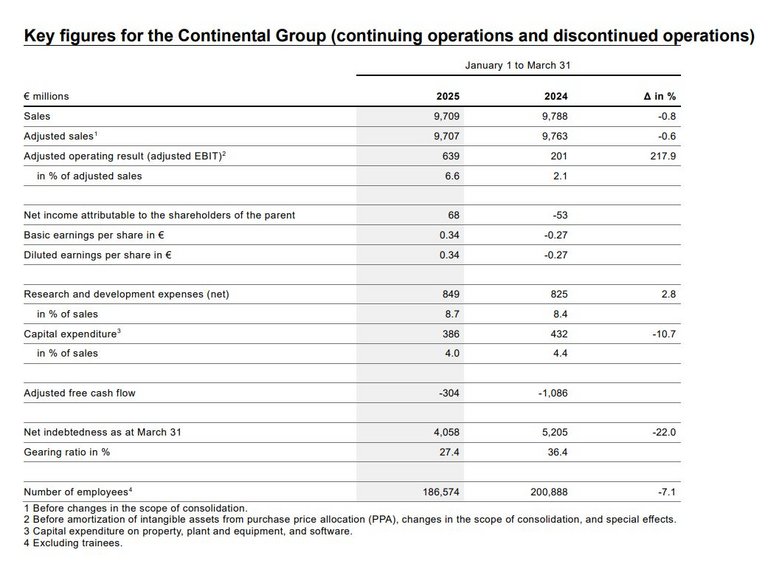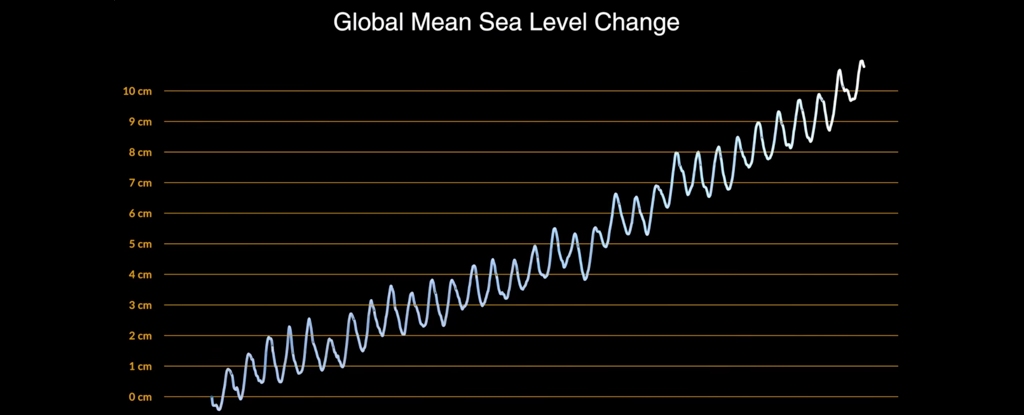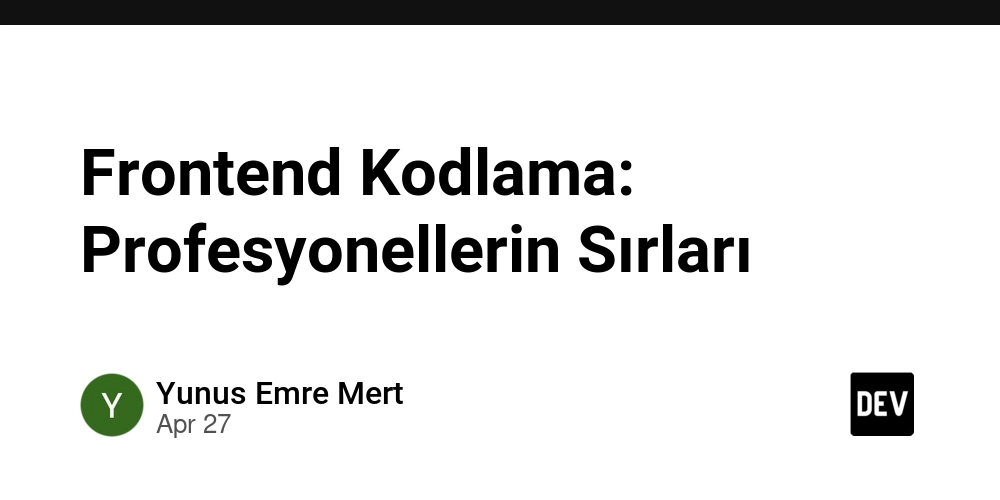Nix Flake Templates
Nix is now central to how I structure my workstation setups and manage development and production environments across my projects. Over time, I found myself repeating certain setups. This post is a short note on how I started working with Nix Flake templates to avoid or reduce this repetition. Using Nix and Self Plagiarism I am actively using Nix from my workstation setup to development environments, from Docker image builds to CI/CD pipelines, and even on production servers. One of the themes that comes up often is provisioning a codebase, a development environment and packaging configuration for a new project. What I usually do is check one of my previous projects and copy the relevant parts of the flake.nix file or default.nix and shell.nix files to the new project. It does not require too much effort. At the end, Nix is a declarative language that is heavily based on expressions, and studying and plucking individual pieces from various sources is usually not a big deal. I am totally fine and have no problem with plagiarism in this context. Actual Problem and a Possible Solution On the other hand, individual programming languages, their tooling and testing frameworks have their own peculiarities which I have to learn, adapt to and re-learn on an ongoing basis. Over the years, I have figured out a few patterns, learned how to avoid excessive tooling and picked up some tools that I like to use for each language I am actively using. For example, a Python project in my world starts its life as follows: Stick to setuptools for packaging and distribution. Use pyproject.toml for configuring as many tools as possible. Use mypy for type checking. Use pytest for testing. Use black and isort for formatting. Use pylint and flake8 for linting and static analysis. Use ruff, more recently, for formatting and linting that replaces the above four tools. Use nox for running tests and linters. Provisioning a development and testing environment for a Python project like this using Nix was not trivial at the beginning. But, looking at my Nix-powered Python projects now, I can see that the setup is actually quite simple and common across projects. This is true as well for my Haskell projects, R scripts and even more idiosyncratic works such as developing a GitHub CLI extension. So, I decided to collate various pieces of these setups into a Nix Flake template repository. The idea is to have a template that I can use as a starting point for a new project of a specific language and particular nature. What is a Nix Flake Template Repository? A Nix Flake template repository is a repository that contains a Nix Flake with a templates output. The templates output is an attribute set that contains the name of the template and the template specification. The special attribute name defaultTemplate is used to initialize a Flake without specifying a template name. There are Official Nix Templates and Nix Community Templates that you can start using. Also, you will find lots of interesting templates in the wild as well. Here is the starting point of my own humble, newborn Nix Flake template repository, https://github.com/vst/nix-flake-templates: { description = "A Collection of Personal Nix Flake Templates"; outputs = { self, ... }: { templates = { trivial = { path = ./templates/trivial; description = "A trivial template that does nothing much."; }; python-script = { path = ./templates/python-script; description = "A simple Python program script."; }; defaultTemplate = self.templates.trivial; }; }; } For example, running the following command will populate the current directory with the contents of the templates/trivial directory, which is a single flake.nix file: nix flake init --template github:vst/nix-flake-templates#trivial Then you can continue to edit the flake.nix file and add your own custom Nix expressions. If you omit the #trivial part, the defaultTemplate will be used, which is the trivial template in this case. A Few Tricks In my template repository, I use a few tricks to make template development easier and usage more convenient, whenever applicable. For example, I gitignore all flake.lock files but keep them locally to develop and test the templates. Also, each template can be run without initializing a new project or checking out the template repository, if there is a program to run in the flake output: $ nix run "github:vst/nix-flake-templates?dir=templates/python-script" --no-write-lock-file -- --name Nix --count 10 warning: not writing modified lock file of flake 'github:vst/nix-flake-templates?dir=templates/python-script': • Added input 'flake-utils': 'github:numtide/flake-utils/11707dc2f618dd54ca8739b309ec4fc024de578b?narHash=sha256-l0KFg5HjrsfsO/JpG%2Br7fRrqm12kzFHyUHqHCVpMMbI%3D' (2024-11-13) • Added input 'flake-utils/systems': 'github:nix-syst

Nix is now central to how I structure my workstation setups and manage development and production environments across my projects. Over time, I found myself repeating certain setups. This post is a short note on how I started working with Nix Flake templates to avoid or reduce this repetition.
Using Nix and Self Plagiarism
I am actively using Nix from my workstation setup to development environments, from Docker image builds to CI/CD pipelines, and even on production servers. One of the themes that comes up often is provisioning a codebase, a development environment and packaging configuration for a new project.
What I usually do is check one of my previous projects and copy the relevant parts of the flake.nix file or default.nix and shell.nix files to the new project. It does not require too much effort. At the end, Nix is a declarative language that is heavily based on expressions, and studying and plucking individual pieces from various sources is usually not a big deal.
I am totally fine and have no problem with plagiarism in this context.
Actual Problem and a Possible Solution
On the other hand, individual programming languages, their tooling and testing frameworks have their own peculiarities which I have to learn, adapt to and re-learn on an ongoing basis. Over the years, I have figured out a few patterns, learned how to avoid excessive tooling and picked up some tools that I like to use for each language I am actively using. For example, a Python project in my world starts its life as follows:
- Stick to setuptools for packaging and distribution.
- Use pyproject.toml for configuring as many tools as possible.
- Use mypy for type checking.
- Use pytest for testing.
- Use black and isort for formatting.
- Use pylint and flake8 for linting and static analysis.
- Use ruff, more recently, for formatting and linting that replaces the above four tools.
- Use nox for running tests and linters.
Provisioning a development and testing environment for a Python project like this using Nix was not trivial at the beginning. But, looking at my Nix-powered Python projects now, I can see that the setup is actually quite simple and common across projects. This is true as well for my Haskell projects, R scripts and even more idiosyncratic works such as developing a GitHub CLI extension.
So, I decided to collate various pieces of these setups into a Nix Flake template repository. The idea is to have a template that I can use as a starting point for a new project of a specific language and particular nature.
What is a Nix Flake Template Repository?
A Nix Flake template repository is a repository that contains a Nix Flake with a templates output. The templates output is an attribute set that contains the name of the template and the template specification. The special attribute name defaultTemplate is used to initialize a Flake without specifying a template name.
There are Official Nix Templates and Nix Community Templates that you can start using. Also, you will find lots of interesting templates in the wild as well.
Here is the starting point of my own humble, newborn Nix Flake template repository, https://github.com/vst/nix-flake-templates:
{
description = "A Collection of Personal Nix Flake Templates";
outputs = { self, ... }: {
templates = {
trivial = {
path = ./templates/trivial;
description = "A trivial template that does nothing much.";
};
python-script = {
path = ./templates/python-script;
description = "A simple Python program script.";
};
defaultTemplate = self.templates.trivial;
};
};
}
For example, running the following command will populate the current directory with the contents of the templates/trivial directory, which is a single flake.nix file:
nix flake init --template github:vst/nix-flake-templates#trivial
Then you can continue to edit the flake.nix file and add your own custom Nix expressions.
If you omit the #trivial part, the defaultTemplate will be used, which is the trivial template in this case.
A Few Tricks
In my template repository, I use a few tricks to make template development easier and usage more convenient, whenever applicable.
For example, I gitignore all flake.lock files but keep them locally to develop and test the templates.
Also, each template can be run without initializing a new project or checking out the template repository, if there is a program to run in the flake output:
$ nix run "github:vst/nix-flake-templates?dir=templates/python-script" --no-write-lock-file -- --name Nix --count 10
warning: not writing modified lock file of flake 'github:vst/nix-flake-templates?dir=templates/python-script':
• Added input 'flake-utils':
'github:numtide/flake-utils/11707dc2f618dd54ca8739b309ec4fc024de578b?narHash=sha256-l0KFg5HjrsfsO/JpG%2Br7fRrqm12kzFHyUHqHCVpMMbI%3D' (2024-11-13)
• Added input 'flake-utils/systems':
'github:nix-systems/default/da67096a3b9bf56a91d16901293e51ba5b49a27e?narHash=sha256-Vy1rq5AaRuLzOxct8nz4T6wlgyUR7zLU309k9mBC768%3D' (2023-04-09)
• Added input 'nixpkgs':
'github:nixos/nixpkgs/979daf34c8cacebcd917d540070b52a3c2b9b16e?narHash=sha256-uKCfuDs7ZM3QpCE/jnfubTg459CnKnJG/LwqEVEdEiw%3D' (2025-05-04)
Hello Nix!
Hello Nix!
Hello Nix!
Hello Nix!
Hello Nix!
Hello Nix!
Hello Nix!
Hello Nix!
Hello Nix!
Hello Nix!
This is a typical nix run command with the --no-write-lock-file flag that does not require or create a flake.lock file. Any arguments to the executable are passed after the -- argument.
Conclusion
Cookie-cutter or similar tools to generate project skeletons never appealed to me. It usually involves a lot of effort to test them in different settings and hosts, but the result is often not worth it.
On the other hand, I also tried simpler solutions such as gists or snippets (1, 2) which I can use as starting points for my projects despite being not convenient for re-use and pretty much unmaintainable due to lack of clear structure.
The Nix approach to templating, however, is simple and understandable, and most importantly, educational. I just started putting together a few templates that I can use as a starting point for my projects, small tools or quick-and-dirty experiments. I am planning to use these templates to create or support future blog content as well.













































































